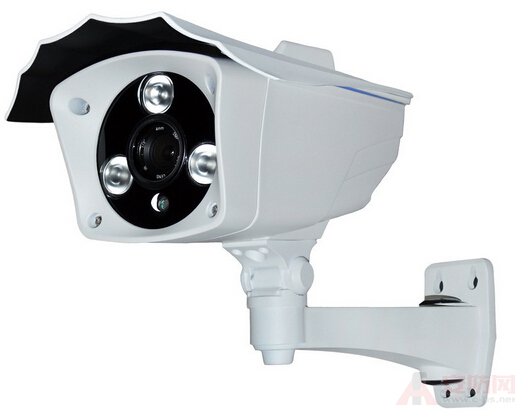The camera head is a device that carries the camera to rotate in both horizontal and vertical directions. Two motors are mounted in the camera head. The two motors are responsible for the horizontal rotation and the other for the vertical rotation. The angle of horizontal rotation is generally 350?, and the vertical rotation is 45?, 35?, 75? and so on. The angle of the horizontal and vertical rotation can be adjusted by the limit switch. The classification of camera heads is as follows:

2 The load-bearing is adapted to install different cameras and protective covers. The load-bearing weight of the camera head should be different. The gimbal of the appropriate load-bearing capacity should be selected according to the total weight of the selected network camera and the protective cover. The indoor gimbal has a small bearing capacity, and the volume and weight of the gimbal are also small. The outdoor pan/tilt has a large load capacity because it must be installed with a network camera with a protective cover (often an all-weather protective cover). Its volume and weight are also large.
At present, the weight of the indoor gimbal is about 1.5kg~7kg, and the weight of the outdoor gimbal is about 7kg~50kg. There are also some gimbals that are miniature gimbals, such as gimbals that are mounted with a camera in a hemispherical enclosure or in an all-weather enclosure.
3 Control mode The general camera pan/tilt is a wired pan-controlled electric pan/tilt. There are five input terminals of the control line, one of which is the common end of the power supply, and the other four are divided into upper, lower, left and right control terminals. If one end of the power supply is connected to the common end, and the other end of the power supply is connected to the "up", the pan/tilt head drives the camera head to turn up, and so on.
There are also camera heads with control circuits such as relays. Such a pan/tilt often has six control inputs. One is the common end of the power supply, the other four are the upper, lower, left, and right ends, and the other is the automatic rotating end. When one end of the power supply is connected to the common end, the other end of the power supply is connected to the "automatic" end, and the pan/tilt head will automatically rotate the up, down, left and right with the camera head at a certain rotation speed.
In terms of power supply voltage, there are two types of AC 24V and 220V. The power consumption of the cloud platform is generally small in power consumption and small in power consumption.
At present, there is a small indoor gimbal with a 6V DC power supply, which can be equipped with a battery inside and remotely controlled by an infrared remote controller. At present, most of the PTZ still use wired remote control. When the installation position of the gimbal is closer to the control center, and the number is small, the control signal is generally directly output from the console for control. When the installation position of the pan/tilt is far from the control center and the number is large, the coded control signal is often transmitted by the bus mode, and the control signal is solved by the terminal decoder to control the rotation of the gimbal.
When selecting a camera pan/tilt, it is better to use a camera head mounted with a control input and a network video input/output interface at a fixed position of the camera head, and between the fixed part and the rotating part (ie, with the camera) Between the camera and the lens's control input line and video output line formed by a soft spiral. Such a camera pan/tilt will not be damaged by the connection of the rotating part due to long-term use. Especially for outdoor clouds, this should be the case.
Seal rings under [SEALMANN" trademark, have the advanced powder preparation technology with
independent intellectual property rights, with various molding technologies such as dry pressing,
isostatic pressing, squeezing & flow casting and different sintering technologies such as pressureless,
hot-pressing, reaction. We can supply our customers with high performance cost ratio and high quality
seal rings in various materials such as silicon carbide, nitride carbide, zirconia , aluminum oxide and
tungsten carbide. This series of seal rings are widely used in the fields of machinery, petroleum,
chemical industry, water treatment, aerospace, ship, metallurgy and nuclear power etc.
Seal Ring,Silicon Carbide Seal Ring,Silicon Carbide O Ring Seal,Sintered Silicon Carbide Seal Ring
Ningbo FLK Technology Co., Ltd. , https://www.flk-global.com